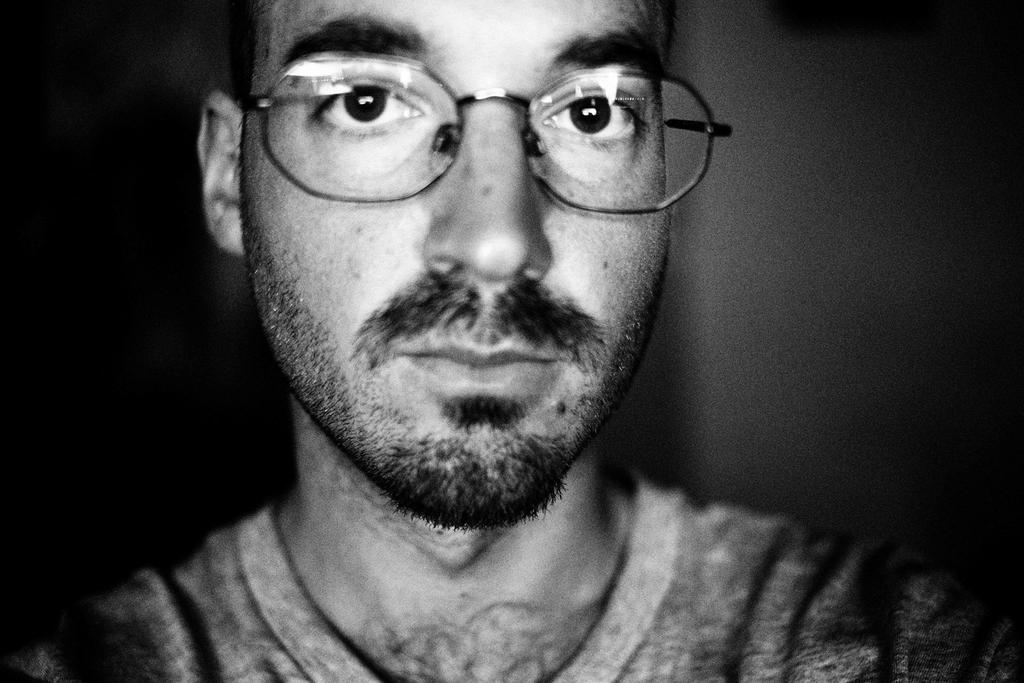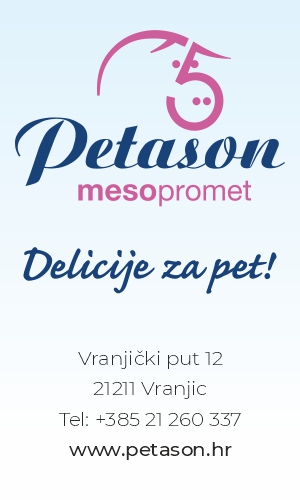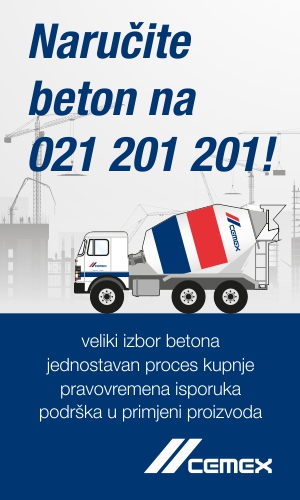Hrvoje Bubić; DARKO ŠKROBONJA INTERVIEW
Darko Škrobonja je multidisciplinarni umjetnik iz Splita. Za Solin Live govori o sebi, svome radu, kao i o brojnim suradnjama
Za početak, možeš li nam se predstaviti i reći nešto o sebi.
Darko Škrobonja, multimedijalni umjetnik, redatelj, fotograf, vanjski suradnik pri Umjetničkoj akademiji u Splitu.
Multidisciplinarni si umjetnik. U jednom intervju kazao si da nisi očekivao da ćeš se jednog dana baviti umjetnošću, pa bih te zamolio da mi objasniš što te motiviralo.
Moja glavna motivacija u životu je smrt. Fascinacija smrću me prati od rane dobi. Sam proces stvaranja je jedini trenutak “besmrtnosti” tj. jedinstva s univerzumom koji možemo osjetiti.Proces kreiranja je ujedno i jedino što me, na osobnoj razini, zanima u umjetnosti. Rezultati nisu ni blizu toliko važni.
Imao si izložbe fotografija kao što su Miro, Šum, Sade, Sati, Nasip. U čemu si pronalazio inspiraciju za izložbe? Jesu li fotografije nastale namjenski za njih ili su dio šire fotografske akcije?
Izložbe su bile multimedijske tj. radilo se o seriji fotografija i video instalacijama u svim tim slučajevima. Same fotografije rađene za te izložbe tj. projekte su pretežito nastajale tokom mojih lutanja svijetom.Što god radim je refleksija mene samog i mog trenutnog stanja. Svaki taj projekt je jedna vrsta audio vizualnog poglavlja osobnog dnevnika.
Baviš se filmom, a Sirene i Krikovi se čine kao jedan od snimateljski zahtjevnijih projekata na kojima si radio. Je li zaista snimljen u jednom kadru u realnom vremenu? Predstavljaju li ti takvi filmovi više redateljski ili snimateljski izazov?
Da “Sirene i krikovi” je bio jako tehnički zahtjevan film. Zbog kompleksnosti same izvedbe sam sa redateljem i glumcima par mjeseci radio probe na lokacijama. Nakon toga su stigla još tri snimatelja s kojima sam se, po lokacijama, podijelio na segmente filma i krenuli smo još par tjedana s probama.Film je nakon mislim drugog ili trećeg pokušaja snimljen”od kolpa” tj. u one take stilu i zaista nije bilo rezova.Takvi filmovi su jako velik izazov u svakom aspektu jer neovisno o mojoj ulozi kao direktora fotografije, režisera ili oboje uvijek moram dati sve od sebe da što kvalitetnije finaliziram projekt.To oduzima mnogo energije, al isplati se jer sa svakom suradnjom učim nešto novo i korisno za daljnji napredak u mediju. I jako sam zahvalan za svako iskustvo.
Radio si s Brunom Bajić na poznatom i gledanom dokumentarcu Plavi Kavez. Koje te forme kao snimatelja više zanimaju: igrane ili dokumentarne? I zašto?
Kao snimatelj sam surađivao na svim mogućim vrstama filma i najinteresantnija mi je dokumentarna forma. Volim sve te aspekte i raznolikosti filmskog stvaralaštva, al dokumentarni film je neka vrsta hibrida koji može (ako postoji volja i talent) sve te forme objediniti.Meni neki od najljepših aspekata su upoznavanje interesantnih ljudi, nužnost za improvizacijom koja budi još više kreativnosti, spavanje u šatoru na vrhu Durmitora, šetanje po Nerežišću sa ženom od devedeset godina i njenim tovarom, skakanje na četrdeset stupnjeva po stinama nenaseljenog otoka kraj Cavtata, kupanje na zaštićenim plažama Kornata, druženje s yoga majstorom, razgovor s mikrobiologom o propasti zapadnjačkog društva…
Da nabrojim samo neka nevjerojatna iskustva koja mi obogaćuju život.
Surađivao si i radio na stranim produkcijama u Splitu. Što bi volio poručiti mladim studentima ili nekome tko se želi baviti filmom? Koliko je novac presudan u odabiru projekata i postoje li projekti koje bi možda radio i besplatno?
Moja preporuka bilo kome tko se želi baviti filmom je da sluša i promatra iskusnije ljude od sebe i ne ustručava se (u za to prikladno vrijeme) postavljati pitanja.Tako će najlakše steći dovoljno iskustva i samopouzdanja da samostalno krene u vlastite projekte.Iskustvo je uvijek najvažnije tako da je novac presudan samo u komercijalnim projektima koji ne nude ništa na toj razini.
Na kojim projektima trenutno radiš
Trenutno radim na multimedijskom projektu”Izvan vremena” u suradnji sa svojom kolegicom Nikolinom Kuzmić.Projekt “Izvan vremena” je osmišljen kao buđenje svijesti posjetitelja o sveprisutnosti smrti koja nas svih čeka. Na starim i napuštenim grobljima diljem Dalmacije nalazimo izblijedjele nadgrobne ploče koje pokušavamo izvući iz zaborava vremena, barem na kratko.Imenima stvarnih ljudi dodjeljujemo fiktivne osobine po kojima kreiramo priču jednog sretnog dana u životu. Videu napuštenih interijera i eksterijera tekstualno dodajemo isječak iz fiktivnog dnevnika.Ovisno o“osobnosti” lika tekstovi su raznolikog stila koji varira od poetskog sve do vrlo klinički opisnog i hladnog. Audio pozadina tih videa je ambijentalna i ima za svrhu dublje uvući gledatelja u priču i različita je s obzirom na likove.Uz svakih od tih videa imamo video osobe (glumca) u kostimu otprilike iz toga vremena kako svlači kostim do gola te ga ponovo oblači u loopu, snimljenog u studijskim uvjetima na neutralnoj pozadini.
Završni produkt jest izložba u sastavu od 3 dvokanalne multimedijalne video instalacije, 3 jednokanalne multimedijalne video instalacije uz tri tapiserije/ veza već spomenutih nadgrobnih ploča.
Za kraj, koji su ti budući projekti, planovi? Što bi poručio našim čitateljima?
Plan mi je neovisno kojom brzinom biti što bolja verzija sebe.Čitateljima preporučam da paze što jedu i da ako mogu što češće izlaze u prirodu na svjež zrak.
ENGLESKI PRIJEVOD
1. To begin with, can you introduce yourself to our readers and say something about yourself.
Darko Škrobonja, multimedia artist, director, photographer, external associate at the Art Academy in Split.
2. You are a multidisciplinary artist. In an interview, you said that you never expected that one day you would be involved in art, so I would like to ask you to explain to me what motivated you.
My main motivation in life is death. The fascination with death has followed me from an early age. The process of creation itself is the only moment of “immortality”, i.e. unity with the universe that we can feel. The process of creation is also the only thing that, on a personal level, interests me in art. Results are not nearly as important.
3. You had photo exhibitions such as Miro, Šum, Sade, Sati, Nasip. Where did you find inspiration for exhibitions? Were the photos created specifically for them or are they part of a wider photographic campaign?
The exhibitions were multimedia, i.e. it was all made into a series of photographs and video installations. The photographs taken for these exhibitions, i.e. projects, were mostly created during my wanderings around the world. Whatever I do is a reflection of myself and my current state. Each of these projects is a kind of audio-visual chapter of a personal diary.
4. You work in film, and “Sirene i krikovi”(Sirens and Screams) seem to be one of the more demanding projects you’ve worked on. Was it really shot in one shot in real time? Do such films represent more of a directorial or cinematographic challenge?
Yes, “Sirene i krikovi” was a very technically demanding film. Due to the complexity of the performance itself, I rehearsed with the director and actors for a couple of months at the locations. After that, three more cameramen arrived, with whom I divided the segments of the film according to locations, and we started rehearsing for a few more weeks. There were no cuts. Such films are a very big challenge in every aspect because regardless of my role as director of photography, director or both, I always have to do my best to finalize the project as neatly as possible. It takes a lot of energy, but it pays off because I learn something with every collaboration new and useful for further progress in the industry, and I am very grateful for every experience.
5. You worked with Bruna Bajić on the well-known and watched documentary Plavi Kavez (Blue Cage). Which forms are you more interested in as a cameraman: fiction or documentary? And why?
As a cinematographer, I have collaborated on all possible types of film, and the documentary form is the most interesting to me. I love all these aspects and varieties of filmmaking, but a documentary film is a kind of hybrid that can (if there is the will and talent) combine all these forms. For me, some of the most beautiful aspects are meeting interesting people, the necessity for improvisation that awakens even more creativity, sleep in a tent on the top of Durmitor, walking around Nerežišće with a ninety-year-old woman and her donkey, leaping at forty degrees ºC over rocks and boulders of an uninhabited island near Cavtat, swimming at safeguarded beaches of Kornati, hanging out with a yoga master, talking with a microbiologist about the demise of Western society…
To name just a few incredible experiences that enrich my life.
6. You collaborated and worked on foreign productions in Split. What would you like to say to young students or someone who wants to work in film? How important is money in choosing projects and are there any projects that you might do for free?
My recommendation to anyone who wants to work in film is to listen to and observe more experienced people than you and don’t hesitate (at the appropriate time) to ask questions. That way, you will most easily gain enough experience and self-confidence to start your own projects independently. Experience is always most importantly, so that money is crucial only in commercial projects that do not offer anything at that level.
7. What projects are you currently working on?
I am currently working on the multimedia project “Izvan vremena” (Out of Time) in collaboration with my colleague Nikolina Kuzmić. The “Izvan Vremena” project is designed to raise the awareness of visitors about the omnipresence of death that awaits us all. In old and abandoned cemeteries all over Dalmatia, we find faded tombstones that we try to pull out of the oblivion of time, at least for a short time. We assign fictitious characteristics to the names of real people, by which we create the story of a happy day in life. We add a clip from a fictitious diary to the video of abandoned interiors and exteriors. Depending on the “personality” of the character, the texts vary in style, ranging from poetic to very clinically descriptive and cold. The audio background of these videos is ambient and has the purpose of drawing the viewer deeper into the story and is different with respect to the characters. With each of these videos, we have a video of a person (actor) in a costume from around that time, taking off the costume to reveal the naked body and putting it back on again in loop, all recorded in studio conditions on a neutral background.
The final product is an exhibition consisting of 3 two-channel multimedia video installations, 3 one-channel multimedia video installations along with three tapestries/embroidery of already mentioned tombstones.
8. Finally, what are your future projects and plans? What would you say to our readers?
My plan is to be, at whatever pace, the best possible version of myself. I recommend to my readers to watch what they eat and to go out into nature for fresh air as often as possible.






